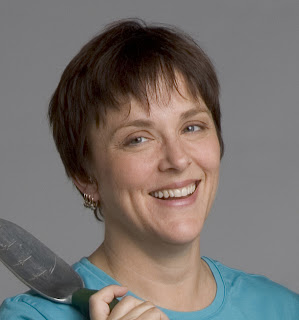Henry, Mack, John, Tom, Caroline, Perry, Seth, Ted, Helen, and Julia. My grandmother was Helen. Her brother, Edwin Booth, was always called Ted. Uncle Ted died in 1977, but I remember a few things about him. He wrote books. He was an archeologist. He lived in an apartment with a swamp cooler in downtown Tucson. Last fall's GWA symposium got me thinking about my great uncle Ted, who had been Curator at the Arizona State Museum.
His archives are at the university in Austin, TX, so when I learned I was going to be there for a meeting, I got in touch with Jonathan Jarvis at the Texas Archeological Research Laboratory. He graciously agreed to let me look over Uncle Ted's files.
Uncle Ted served as a captain in WWI, then returned to Abilene, TX to work in his family's land management company. But his passion lay in the hills and plains of west Texas, where he explored and excavated Native American ruins of several tribes.
Uncle Ted was a self-educated archeologist, an amateur in the true sense of the word. He took classes at the local community college and enrolled in correspondence courses. In 1927 he wrote to Dr. J.E. Pearce at the University of Texas, inquiring about the viability of taking his archeology and anthropology classes via correspondence. He introduced himself humbly, as a 35 year old war veteran with a passion for archeology.
Dr. Pearce's response that field work was required (nixing the possibility of a correspondence course) did not encourage Uncle Ted. But over the next five years he communicated regularly with Dr. Pearce, developing a personal relationship, and contributing a large section of research on West Texas to Dr. Pearce's state wide survey of Texas archeological sites. Uncle Ted eventually left Texas for Arizona, where he assumed the curatorship of the State Museum at the age of 51.

I sat there in a cement-block, fluorescent-lit office with no windows and caught a glimpse into another life. The sunny, dry landscape of the plains marked by a canvas tent. Uncle Ted with his dog Happy, with his Model A Ford. The earnestness and commitment of his letters, the care and thought apparent in his words, his handwriting, his typewritten pages on onion skin paper. The way he shaped a life around work that he loved and was determined to do, even though it took him a long time to do it. I wonder if people told him he was too old, too inexperienced, should just go back to the family business. Hard work and dedication. I admire that.




























